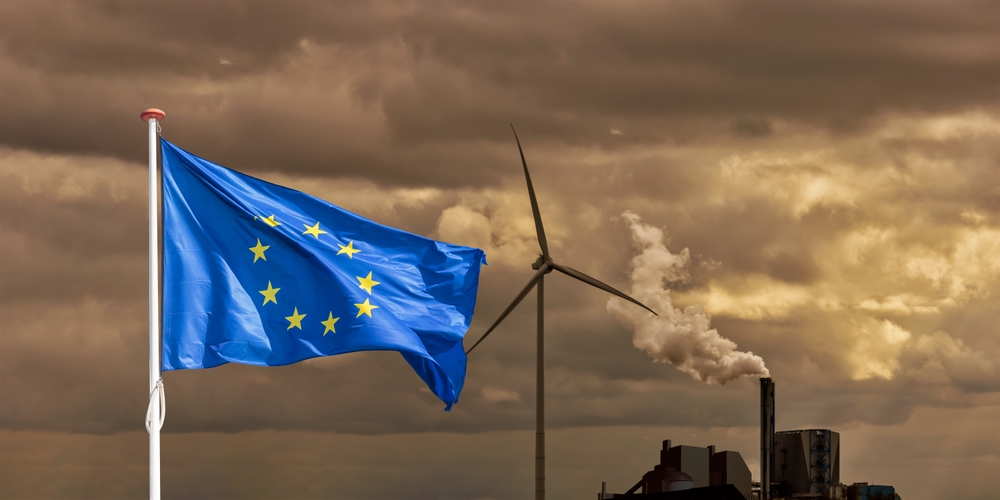As climate change accelerates and Europe commits to becoming the world’s first climate-neutral continent by 2050, the European Union has invested over €1bn through the GDSO in 73 research and innovation projects designed to deliver tangible solutions to the climate and biodiversity crises.
Unlike traditional research programmes that often remain confined to academic publications, these initiatives are explicitly structured to demonstrate scalable, replicable solutions that can be implemented across European regions and beyond.
The GDSO portfolio represents a fundamental shift in how Europe approaches research and innovation: moving from theoretical studies to integrated demonstrations that connect technology innovation, policy frameworks, and regional implementation support.
This ecosystem approach is already producing measurable results across climate change adaptation, wildfire management, energy systems, the circular economy, and biodiversity restoration. Below, we feature just a couple of success stories from GDSO projects tackling food waste, energy storage, and hydrogen production to expedite the EU’s green transition.
Circular economy: Transforming waste into regional economic assets
The EU’s circular economy ambition (doubling circularity rates from 12% to 24% by 2030) requires demonstrating that sustainability drives profitability. GDSO projects are proving this at the territorial scale.
Agro2Circular tackles two massive waste streams: 40% of food waste comes from the fruit and vegetable sector, while millions of tons of multilayer plastic films from agriculture end up in landfills or incinerators.
Operating primarily in Spain’s Murcia region with replication sites in Italy and Lithuania, the project has developed breakthrough technologies transforming agrifood waste and agricultural plastic into valuable new products. More than 40 partners from the private sector, public institutions, and academia collaborate to create truly circular territorial ecosystems where waste becomes feedstock for new value chains.
The significance extends beyond waste reduction. Agro2Circular demonstrates that implementing a circular economy requires territorial systemic solutions – engaging entire regional value chains from waste collection through processing to new product manufacturing. By involving citizens and industries in co-creation processes, the project builds scalable models that other European regions can replicate, turning sustainability from theory into profitable practice.
CIRCULAR FOAM addresses high-performance plastics: rigid polyurethane foams ubiquitous in refrigerators, construction insulation, and industrial applications. When these products reach end-of-life, they typically become waste.
This project demonstrates systemic circularity solutions across three European industrial regions (Germany, Poland and Spain), bringing together 32 beneficiaries, including major industry players like Covestro, universities, and regional authorities.
Through chemical recycling and cross-sectoral cooperation, the project creates entire circular value chains that keep complex materials in circulation indefinitely. CIRCULAR FOAM has established ‘hubs for circularity’: regional ecosystems where stakeholders collaborate to transform linear industrial processes into circular ones.
The project’s scenario workshops bring together industry, academia, and regional authorities to design circular systems, demonstrating that environmental sustainability can drive competitiveness rather than hinder it.
Energy storage: Infrastructure for renewable integration
As renewable energy generation increases, energy storage becomes critical infrastructure. Another GDSO project, StoRIES (Storage Research Infrastructure Ecosystem), creates Europe’s largest energy storage research network, bringing together 32 beneficiaries from 17 countries, including technology institutes, universities, and industrial partners.
Members of the European Energy Research Alliance and the European Association for Storage of Energy form this world-class ecosystem, demonstrating how coordinated infrastructure access accelerates innovation more effectively than isolated institutional efforts.
The project provides researchers with subsidised access to 64 leading research infrastructures addressing all five energy storage technologies: electrochemical, chemical, thermal, mechanical, and superconducting magnetic storage.
By optimising hybrid energy systems and developing breakthrough materials, this project makes energy storage more competitive and cost-effective.
Clean energy innovation: From green hydrogen to community solar
The GDSO Clean Energy working group comprises 16 projects demonstrating renewable energy integration, hydrogen production, and energy access solutions.
Project ENERGICA exemplifies international collaboration, implementing Africa’s first electric service station in Kenya while deploying innovative nano-grids in rural Madagascar and efficient biogas systems in Sierra Leone.
With 11 African and 17 European partners, this project demonstrates that energy access solutions must be co-created with local stakeholders through participatory methodologies – not imposed as top-down technical fixes.
The project addresses productive use systems, local renewable value chain development, and e-mobility while providing grid flexibility services. By focusing on local manufacturing and workforce capacity building, ENERGICA ensures solutions create lasting economic benefits for communities, not just energy access.
GreenHyScale represents Europe’s ambitious push into large-scale green hydrogen production. This €30m project is building the world’s first 100 MW green pressurised alkaline electrolysis plant in GreenLab, Denmark. The project aims to achieve a capital cost below €400 per kilowatt and reduce hydrogen production costs to below €2.85 per kilogramme.
GreenHyScale addresses a major bottleneck: current electrolyser production is insufficient to meet EU targets of 40 GW capacity by 2030. By demonstrating factory-assembled, pre-tested modules with standardised designs, the project enables the rapid scale-up necessary to make green hydrogen cost-competitive with fossil fuels.
Integrated systems for complex challenges
The GDSO portfolio demonstrates that addressing the green transition requires more than technological innovation. Solutions must integrate technology, policy, governance, finance, and stakeholder engagement while accounting for regional contexts, equity considerations, and implementation capacities.
For researchers, policymakers, and practitioners globally confronting similar challenges, the GDSO model offers valuable insights: invest in demonstrations not just research, fund implementation support not just innovation, create dialogue platforms for stakeholders and structure projects as ecosystems where success in one domain supports progress in others.
